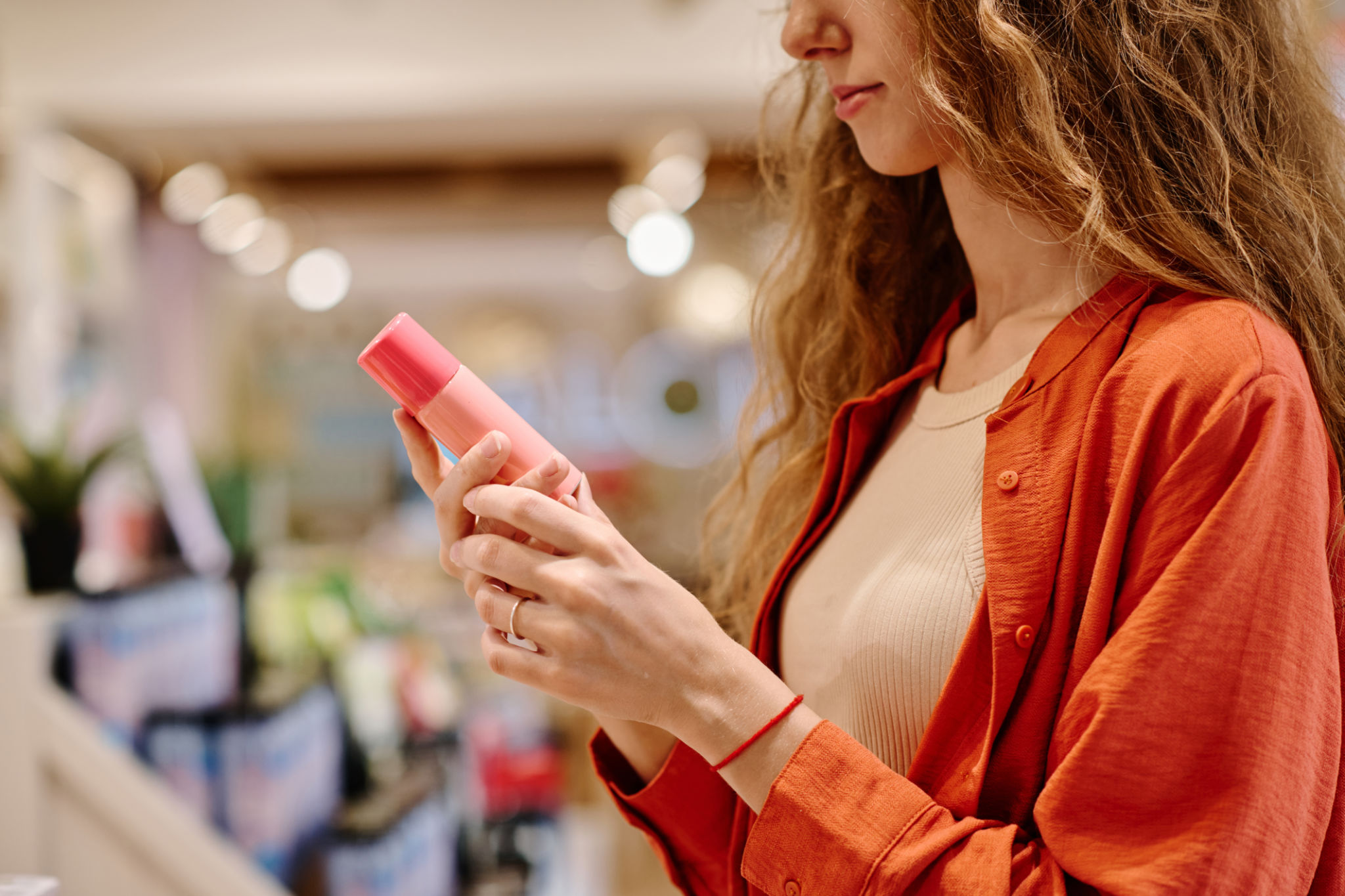Decoding Skin Care Labels: Identifying Toxic Ingredients to Avoid
Understanding Skin Care Labels
When it comes to skincare, navigating the myriad of products on the market can be daunting. One of the most challenging aspects is understanding the labels. These labels often contain a complex list of ingredients that can be difficult to decipher. Knowing which ingredients to avoid can save your skin from harmful effects and ensure that your product choices support healthy skin care practices.

The Importance of Reading Labels
Many consumers make purchasing decisions based on brand names or marketing claims. However, the true efficacy and safety of a skincare product lie in its ingredients. By learning to read and understand these labels, you can protect yourself from potentially toxic substances that may cause irritation, allergies, or long-term health issues.
Label reading becomes particularly crucial for those with sensitive skin or specific allergies. Recognizing common irritants and toxic ingredients allows you to make informed choices that align with your personal health needs.
Common Toxic Ingredients to Avoid
Numerous ingredients have been identified as potentially harmful when used in skincare products. Here is a list of some common toxic ingredients you should watch out for:
- Parabens: These are preservatives used to extend shelf life but may disrupt hormone function.
- Sulfates: Often found in cleansers, these can strip the skin of natural oils, leading to dryness and irritation.
- Phthalates: Used to increase flexibility in products, they are linked to endocrine disruption and reproductive issues.

How to Identify Toxic Ingredients
Identifying toxic ingredients requires a keen eye and sometimes a bit of research. Start by checking the first five ingredients listed, as these make up the majority of the product. Additionally, look for long chemical names or ones you cannot easily pronounce, as these can be red flags.
There are also apps and online databases available that allow you to input ingredient names to check for safety ratings. These resources can be invaluable tools in making informed decisions about the products you choose to apply to your skin.
Alternatives to Harmful Ingredients
The good news is that there are plenty of safer alternatives available. For instance, instead of parabens, look for products that use natural preservatives like vitamin E or rosemary extract. Instead of sulfates, opt for gentle cleansing agents such as coco-glucoside or decyl glucoside derived from coconut oil and sugar.

Furthermore, many brands now pride themselves on being "clean" or "green," focusing on formulations that avoid known toxins. These brands often advertise their commitment to safety and transparency, making it easier for consumers to make conscious choices.
Conclusion: Making Informed Skincare Choices
Decoding skincare labels may seem overwhelming at first, but it is a crucial step towards maintaining healthy skin and overall well-being. By familiarizing yourself with common toxic ingredients and learning how to identify them, you can make informed decisions that protect your skin and health.
Ultimately, understanding what goes into your skincare products empowers you as a consumer, allowing you to choose products that truly benefit your skin rather than harm it. Remember, when it comes to skincare, knowledge is your most potent tool.